Introduction
This is likely the simplest repair possible for this device. Simply access the shaft lock pin after opening the case.
Tools
Parts
-
-
Start by removing the housing cap by unscrewing it.
-
Next, unscrew the now exposed collet nut while holding down the shaft lock button.
-
-
-
Using the Torx 15 screwdriver tip, remove the 5 screws (12.5 mm) that hold the casing together.
-
-
-
If the shaft lock pin is not engaging the rotary gear, or if the spring is missing or damaged, it will need to be replaced.
-
Remove the damaged shaft lock pin and spring by hand.
-
To reassemble your device, follow these instructions in reverse order.
3 comments
These instructions are idiotic! I want to replace the shaft lock pin because it is not WORKING. Step 1 instructs me to use the shaft lock pin to remove the exposed collet nut. The reason I am changing the shaft lock pin is because it won’t hold the shaft for loosening the collet nut. DUH!
three years later and I came to the same conclusion: DUH
Four years later and I came to the same conclusion: DUH

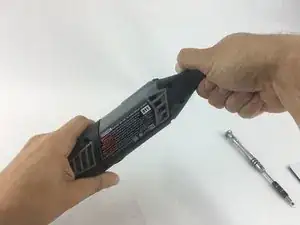

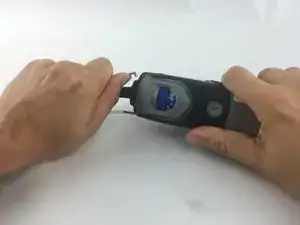
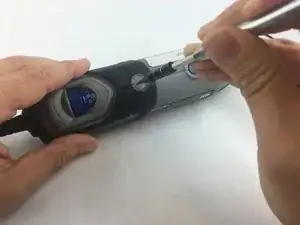
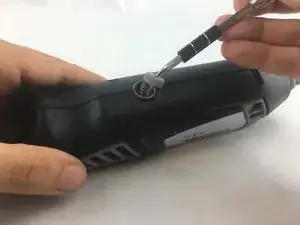


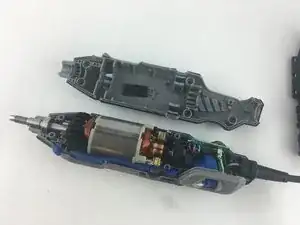

Is this a joke??? Wanna maybe possibly tell US WHAT A COLLET NUT LOOKS LIKE?? I mean it's obviously very exposed (not exposed one bit. My Dremel 4000 looks exactly like it did before. No Collet nut suddenly stood out) and not all of us have advanced degrees in Dremel parts
Jeff Wagner -
Dam Jeff. I am not sure if you are being sarcastic or not, but maybe you should go lie down for while.
itguyfla -